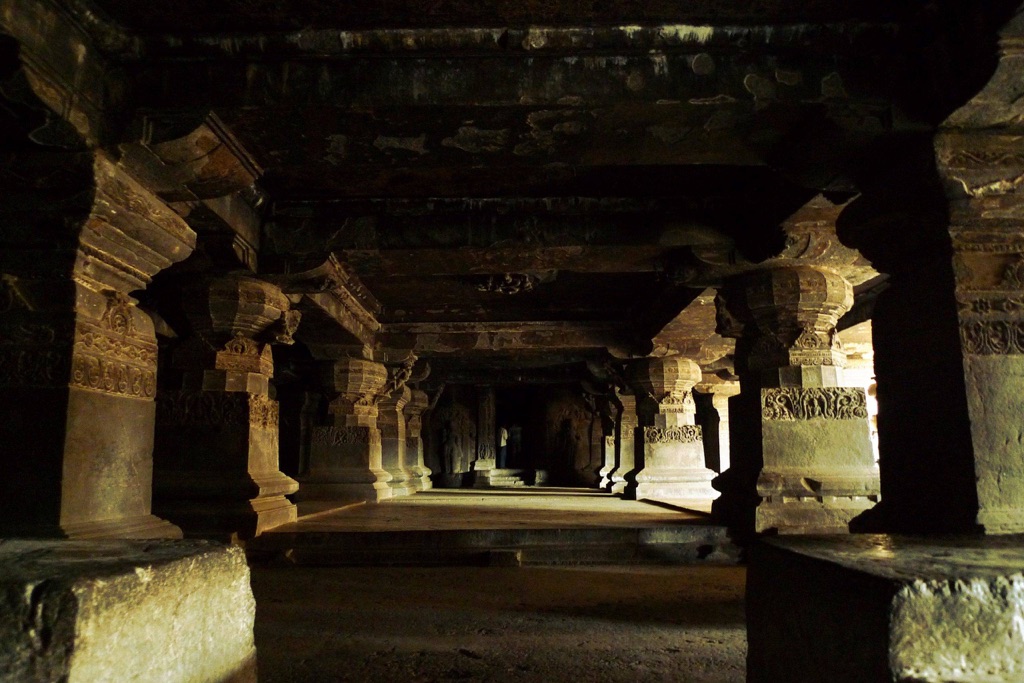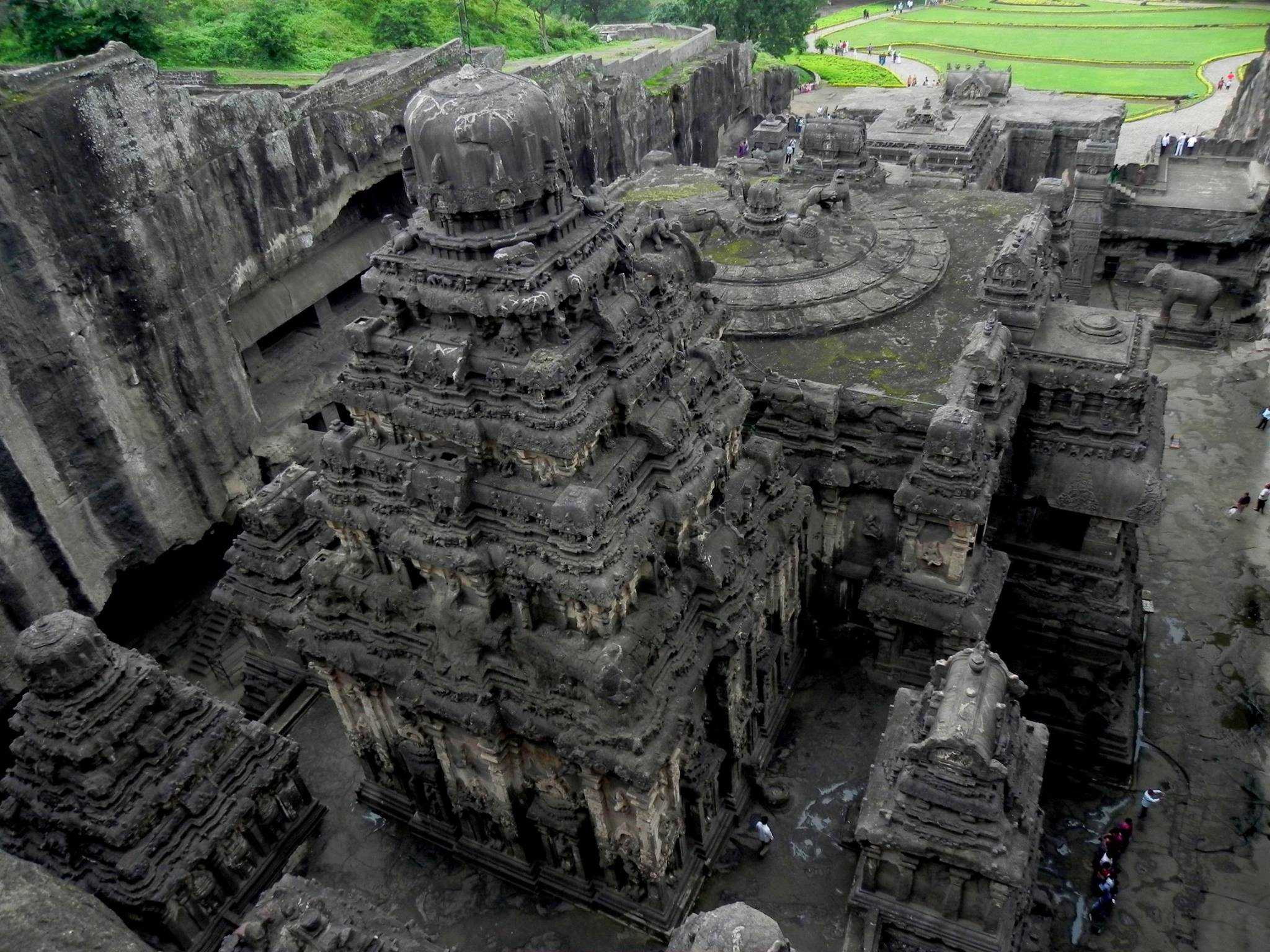Located in the Ellora Caves of Maharashtra, India, the Kailash Temple is an architectural marvel that has intrigued historians, archaeologists, and tourists alike for centuries. This monolithic structure, carved out of a single rock, is a testament to the ingenuity and craftsmanship of its creators. It is not just a temple, but a massive art piece that narrates tales of ancient Indian civilization.
Get your dose of History via Email
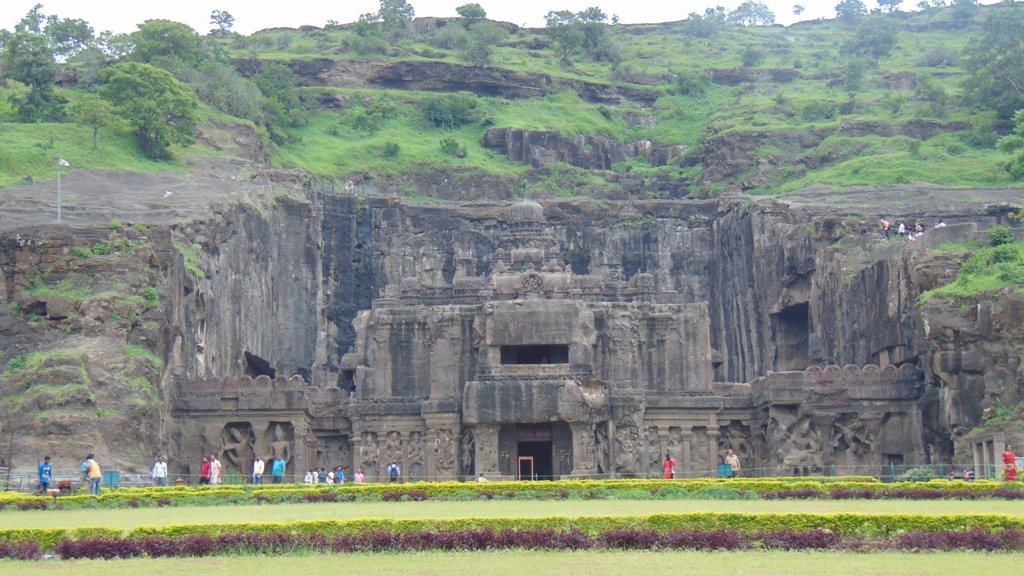
Historical Background
The Kailash Temple, also known as the Kailasanatha Temple, is believed to have been constructed in the 8th century during the reign of the Rashtrakuta dynasty. The temple is dedicated to Lord Shiva, one of the principal deities of Hinduism. The Rashtrakutas, known for their patronage of art and architecture, commissioned this ambitious project, which took over a century to complete. The temple is named ‘Kailash’ after the abode of Lord Shiva in the Himalayas.
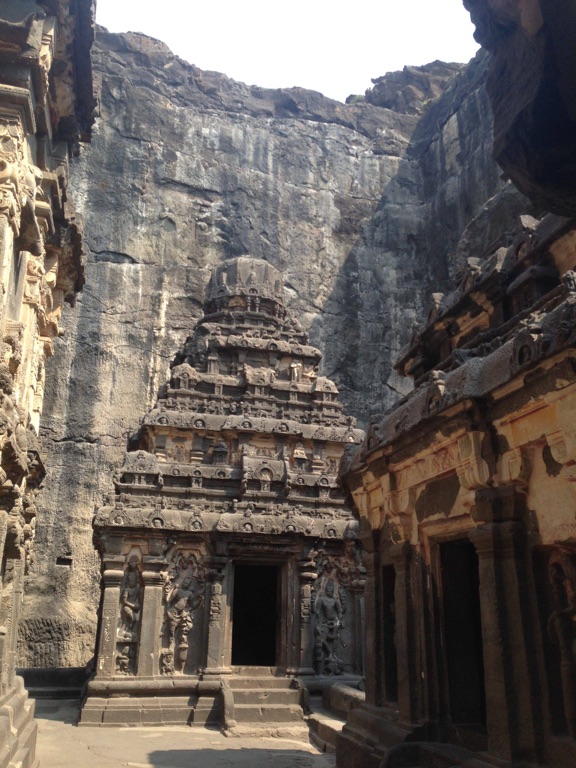
Architectural Highlights
The Kailash Temple is a remarkable example of rock-cut architecture. The entire structure was carved out of a single piece of rock, starting from the top and working downwards. This method of construction, known as ‘vertical excavation’, is a feat unparalleled in the history of architecture. The temple complex is twice the size of the Parthenon in Athens and is estimated to have involved the removal of 200,000 tonnes of rock.
The temple is designed in the form of a chariot, with intricate carvings of gods, goddesses, and mythological creatures adorning its walls. The main shrine houses a massive lingam (a symbol of Lord Shiva), while the exterior features large life-size sculptures of elephants and mythical lions. The temple complex also includes subsidiary shrines, courtyards, and an array of monolithic pillars and panels depicting scenes from Hindu scriptures.
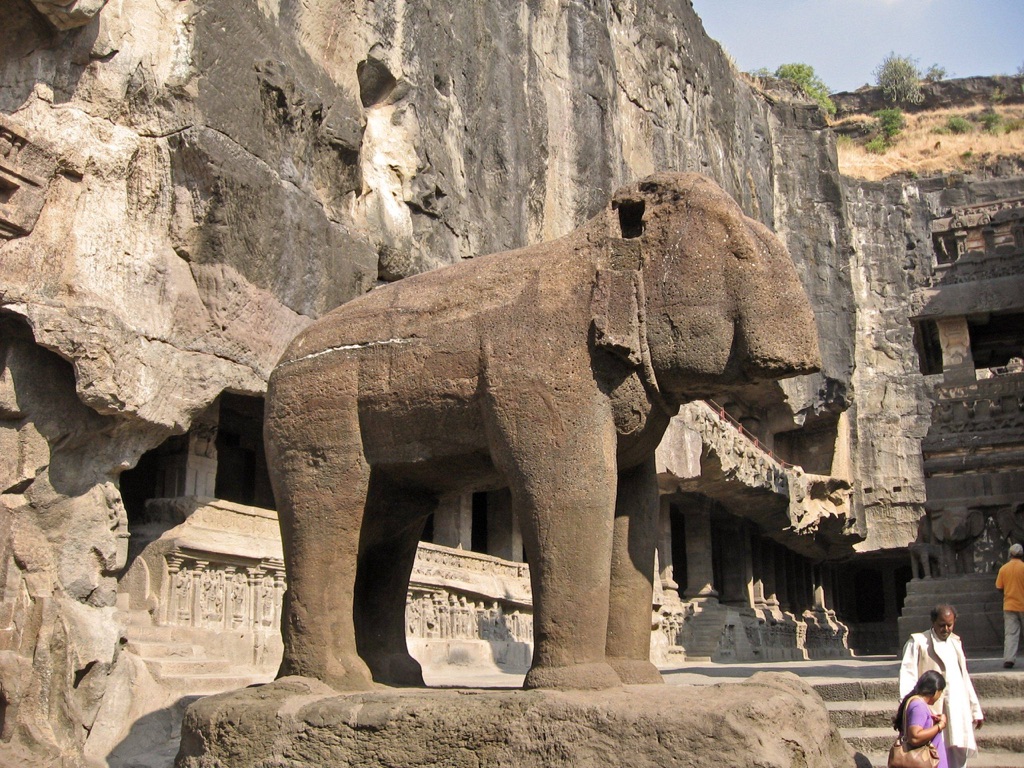
Theories and Interpretations
The purpose of the Kailash Temple, beyond being a place of worship, has been a subject of much speculation. Some scholars believe that the temple’s design, which mirrors the sacred mountain Kailash, is symbolic of Shiva’s cosmic power. The temple’s alignment with the cardinal directions and its intricate astronomical references suggest a deep understanding of celestial phenomena by its creators.
The dating of the temple has been done using architectural and epigraphic evidence, which places it in the mid-8th century. However, the exact duration of its construction remains a mystery. The sheer scale and precision of the work suggest a highly organized workforce and advanced planning and execution skills.
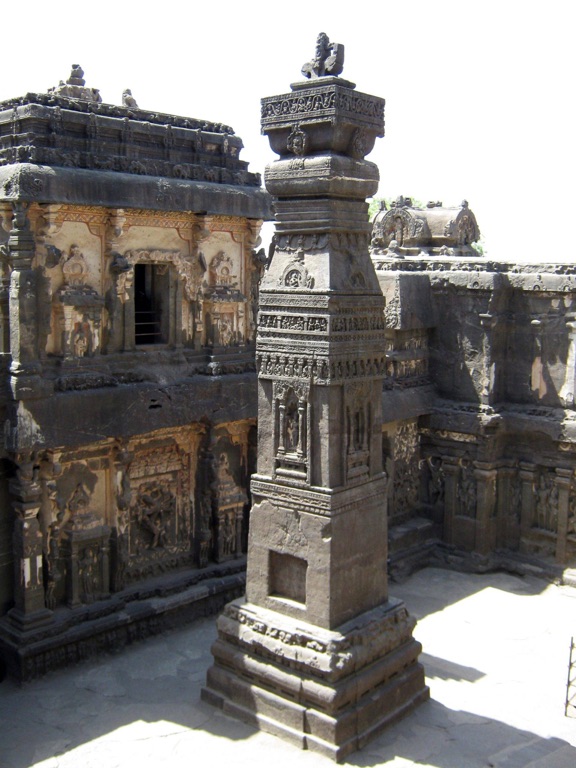
Good to know/Additional Information
The Kailash Temple is part of the Ellora Caves, a UNESCO World Heritage Site that houses 34 monasteries and temples spanning over 2 kilometers. These structures represent three major religions of the world – Buddhism, Hinduism, and Jainism, showcasing the religious harmony prevalent during that era.
Despite centuries of exposure to natural elements, the Kailash Temple stands strong, a testament to the durability of its construction. Its intricate carvings continue to captivate visitors, offering a glimpse into the rich cultural and architectural heritage of ancient India.
